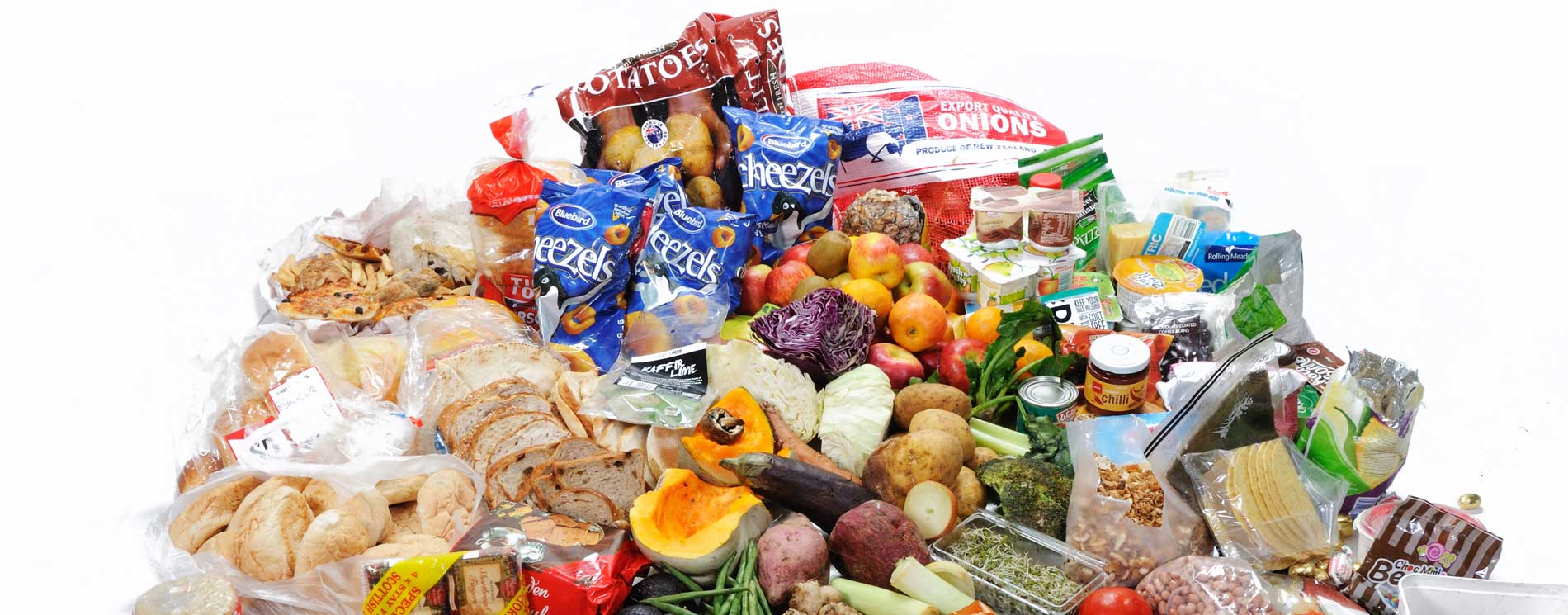
Wastefulness
A study has just shown that nearly 50% of the 4 billion tons of food produced each year in the world was not consumed and was thrown away. This is emblematic of a society that no longer has a sense of what waste is. Consumers used to have a notion of the "true" value of things.
This was even more true for the "micro" consumers in countries that were then called "underdeveloped" who could not access these objects of consumption with their micro wages.
Today, at a time when underdeveloped countries have truly become developing countries, even emerging countries, when they are not superpowers (China, India, Brazil...), billions of people have entered the era of abundance and often overabundance. Objects are manufactured on the other side of the planet in countries where those who make them have wage levels incomparable to ours.
In spite of the "crisis", everyday objects remain cheap and it is therefore easy to forget their true value.
A television or a pair of blue jeans are worth ten times less in constant dollars today than a television in the 1980s. Between 1990 and 2010, in Europe, the price of a small car increased by only 20%, while wages and the price of a liter of gasoline doubled.
In developing countries, consumer goods that were once inaccessible to the population saw their relative prices fall as the average wage level increased five or tenfold, while at the same time, the price of consumer goods that were once made in Europe or the United States fell as China, with its low wages, took over their manufacture. Only the real estate sees its prices increasing everywhere in the world at the rate of the wages.
All these upheavals have contributed to make people lose their bearings, who no longer know the true value of things. Hence the waste we are seeing more and more: on planes, we throw away plastic meal trays; at home, we throw away up to a quarter of the food we buy. And what about "white elephant"(*) projects in the professional world? In my field, how many titanic projects have I seen whose failure could have been predicted from the outset if a serious feasibility study had been carried out? These white elephants swallow up irrecoverable energy.
These new behaviors leave an impression of immense waste and call for a reaction, especially at a time when we know with certainty that we are consuming our planet's resources at a rate incompatible with its capacity to regenerate itself.
It is important to react and to develop austere approaches in everyday life as well as in the professional world.
(*) A white elephant is a pharaonic project, often of public origin, which ends in financial and/or industrial failure and whose operation or maintenance becomes a financial burden.

